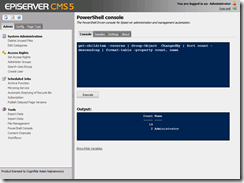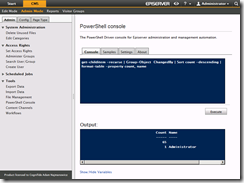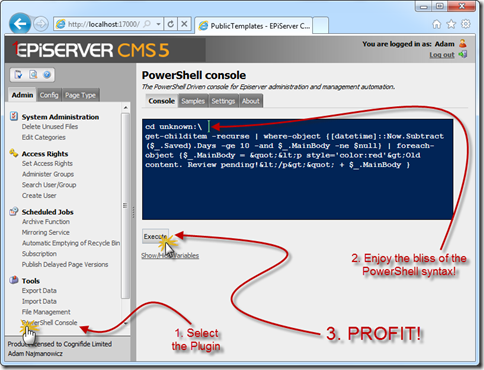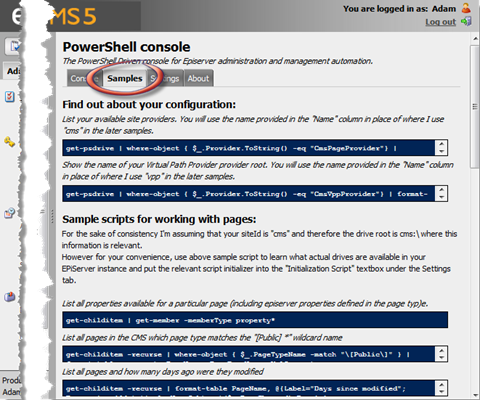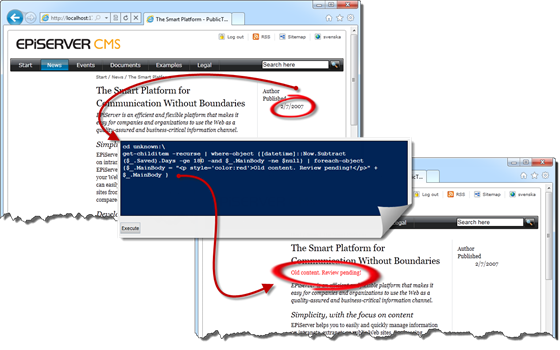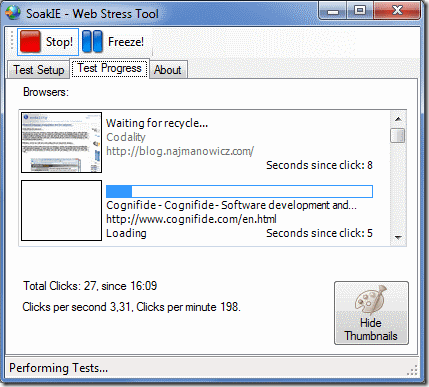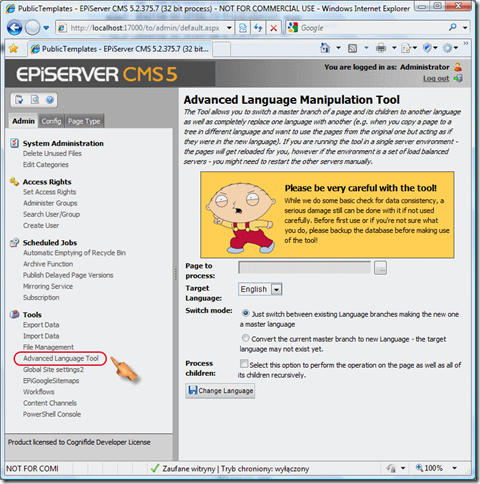PowerShell console ? now compatible with EPiServer CMS 6 R2
April 29th, 2011 by Adam Najmanowicz | 4 CommentsIt?s been a while since I had a chance to do any coding… turns out leading a development division tends to not have much to do with development? who knew?!
But I?ve finally got a moment to sit down and refresh the EPiServer PowerShell console and make it compatible with both CMS versions 5 & 6. You could technically use it before on CMS 6 but the looks of it was broken. (previous version available here)
What triggered it was a talk with Michael Sadler earlier this week. Michael is a technical consultant by day (and a musician by night) in our solutions team in London. We talked how he was doing a content audit for a client in one of the other CMS?es we?re supporting. Which really sounded like a daunting task? The content got exported as XML and then he had to write a bunch of C# code to parse it and create statistics for e.g. how many people edit the content, who created the majority of the content etc? well I couldn?t resist but to brag?
get-childitem -recurse | Group-Object ChangedBy | Sort count -descending | format-table -property count, name
looks through all the pages, and counts how many articles by each author there are in the CMS. Naturally you can also do it on a sub-branch of content as well.
I?m sorry Michael you had to go through this without PowerShell?![]()
Deployment
The plugin will detect the version of EPiServer it?s running under and will skin itself appropriately to match the CMS style.
As far as I can tell, your PowerShell scripts will be interchangeable between the versions, as far as they themselves don?t touch any API that?s undergone a breaking change.
Again?
